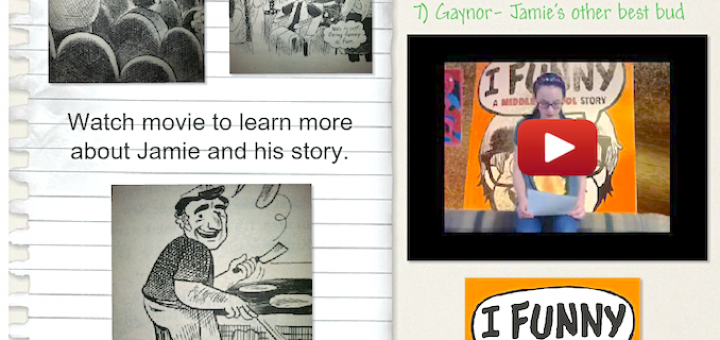Teaching and learning in grades 4-8
For STEM programs to realize their ambitions, kids need to communicate with the world about their projects. Science educator Anne Jolly says social media tools can help STEM students collaborate, tap expertise, and build key communications skills.
We can’t support rigorous learning unless we make sure students are ready for the experience, says teaching consultant Barbara R. Blackburn. She suggests three quick ways to assess prior knowledge, including the LINK small/whole group strategy.
If asking student writers to develop voice, stamina and range isn’t hard enough, says teacher educator Troy Hicks, we now have digital tools to contend with. Watch as Hicks helps his 6th grade daughter think through her creation of a book report video.
Can speculation about alternate history and “what-if” scenarios help students sharpen their critical thinking skills? Participants in a recent Twitter hashtag chat think so, as MiddleWeb history bloggers Jody Passanisi and Shara Peters report.
Upper elementary teacher Mary Tarashuk – who has always viewed “teach” as an action verb – is learning to step back and let students pursue their interests and passions more often, with the help of laptops & content-specific anchor activities.
Creating Content with Your Tablet by Susan Brooks-Young is just the ticket for any teacher who wants to integrate tablets and apps meaningfully, no matter the grade level or type of device being used, says reviewer Jennifer Underwood.
In Dispositions: Reframing Teaching and Learning, Costa & Kallick present evidence of the important role dispositions play in student success and how to strengthen them. The book may be too scholarly for some readers, says reviewer Laura Von Staden.
Eager to muse about the future of writing instruction, Kevin Hodgson calls on the handy ThingLink app to share reflections with nine authors featured in April’s Educational Leadership magazine. Penny Kittle, Carol Jago, Jeff Anderson, et al – read this!
Effective STEM programs prepare more students to pursue STEM-related careers and help assure economic prosperity, says consultant Susan Pruet. To achieve this level of success, programs must cultivate informed and involved community and school leaders.
Teachers can help students explore important connections across different genres and subjects using “text sets” – collections of books and other media with a common theme. In this MiddleWeb article, teacher educator Amanda Wall details an assignment creating text sets for ELA and math.








































